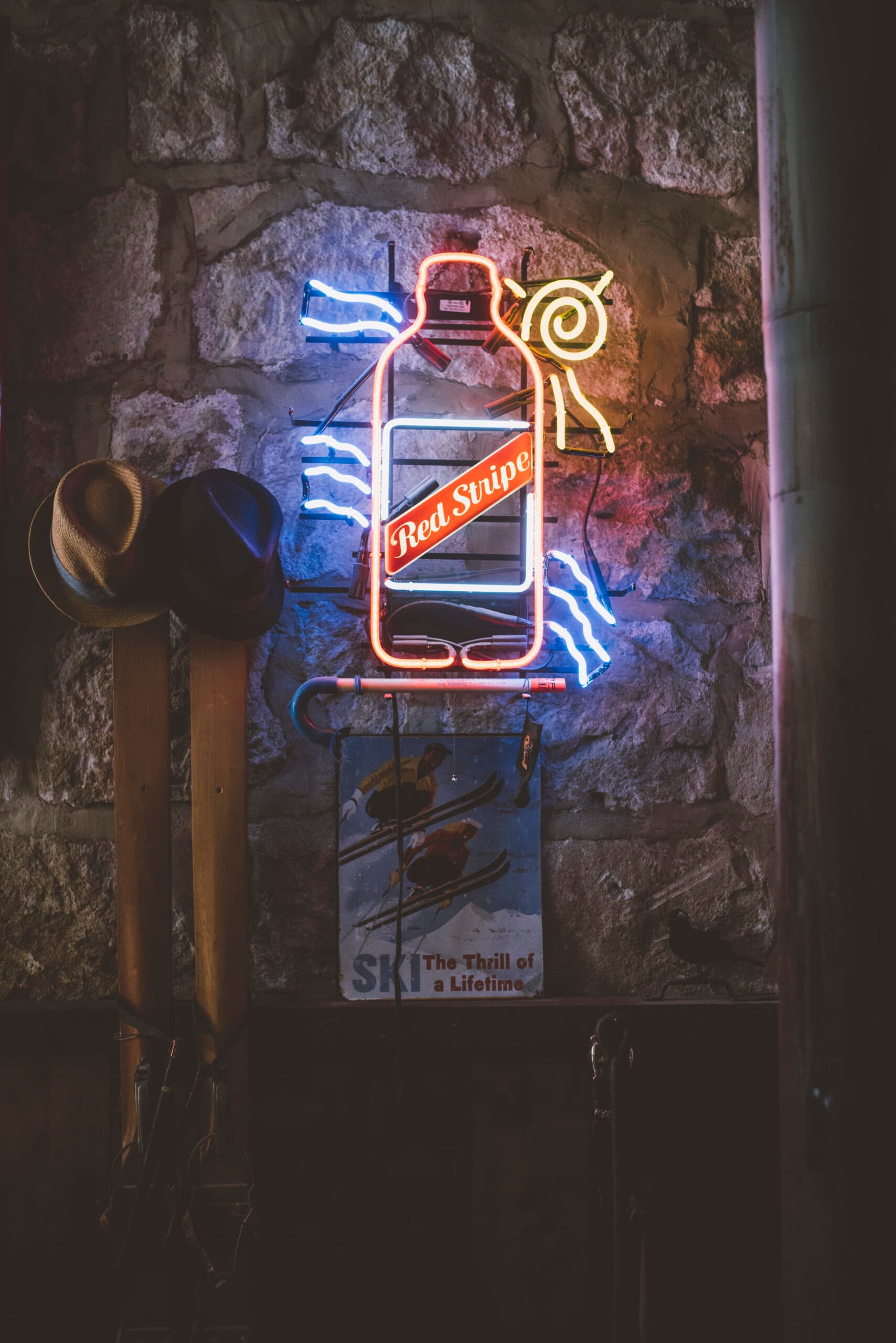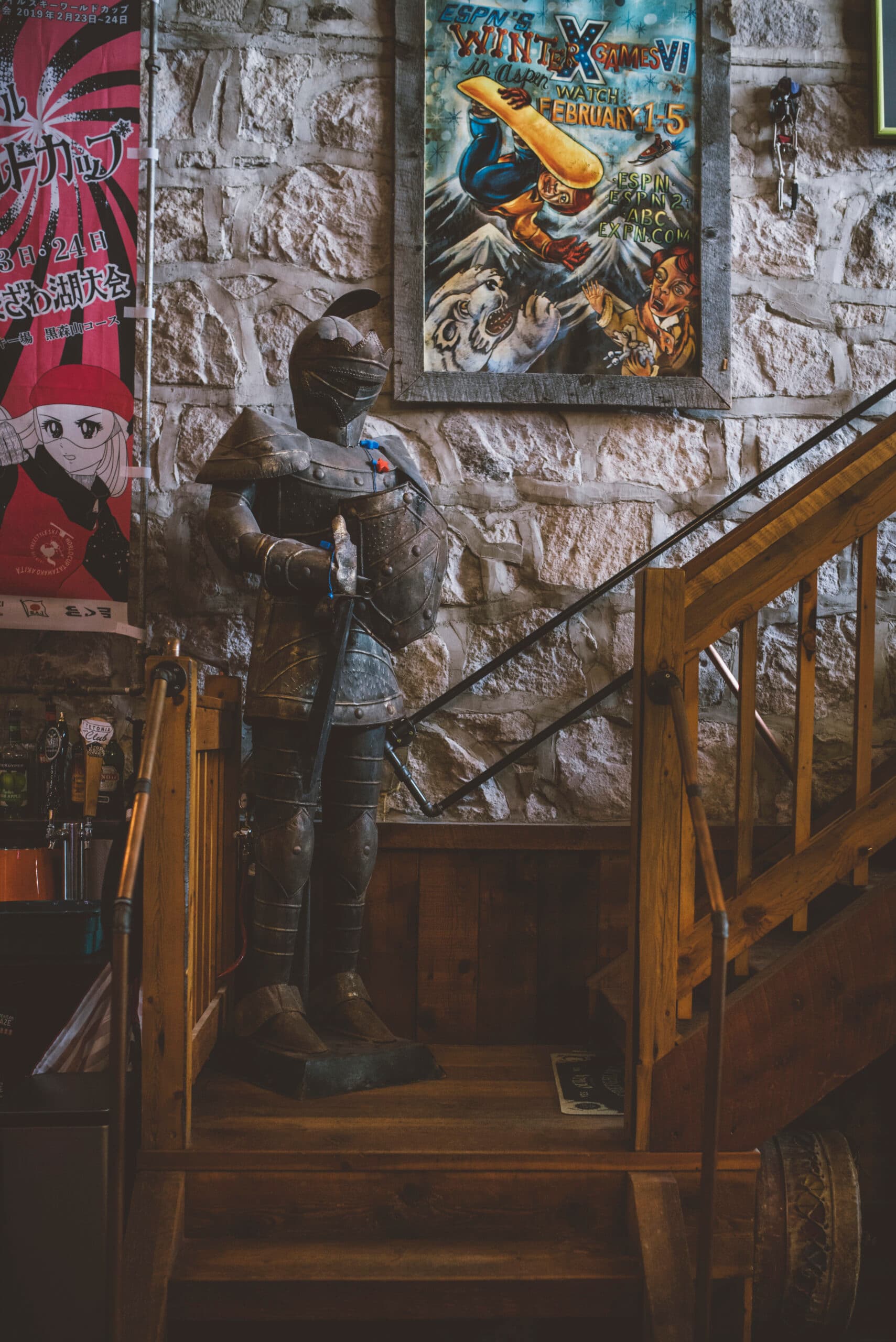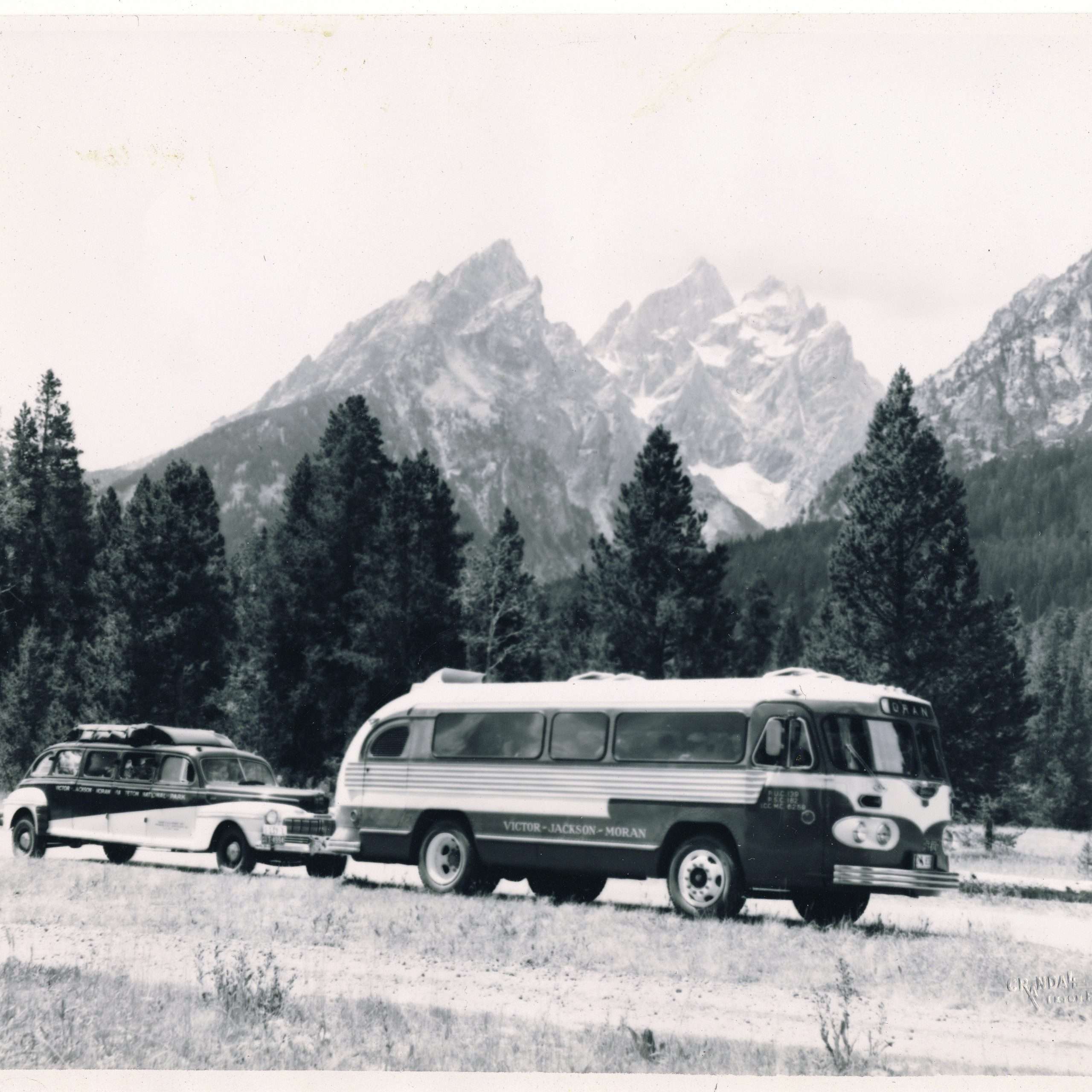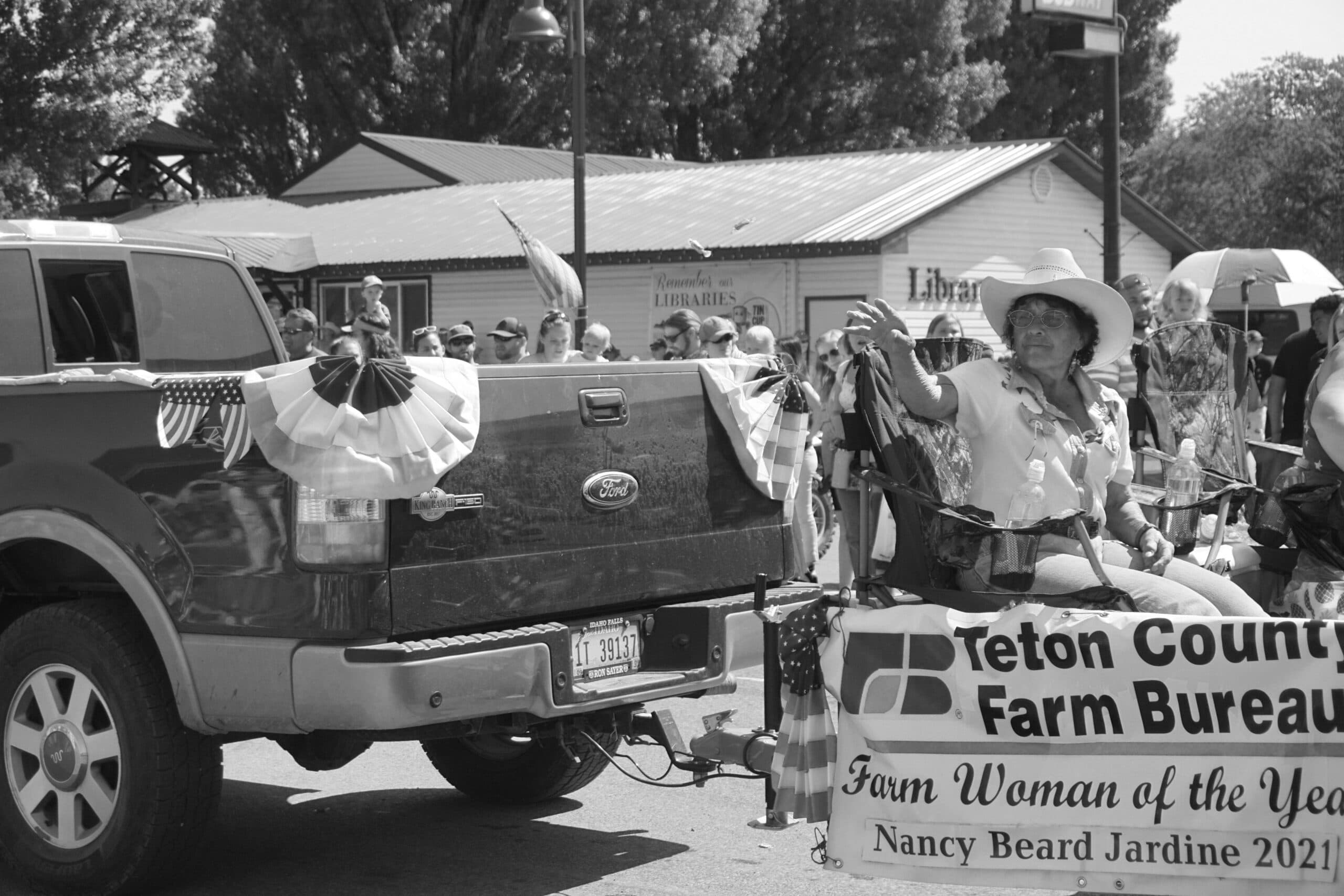Tracking the Tetonia Club
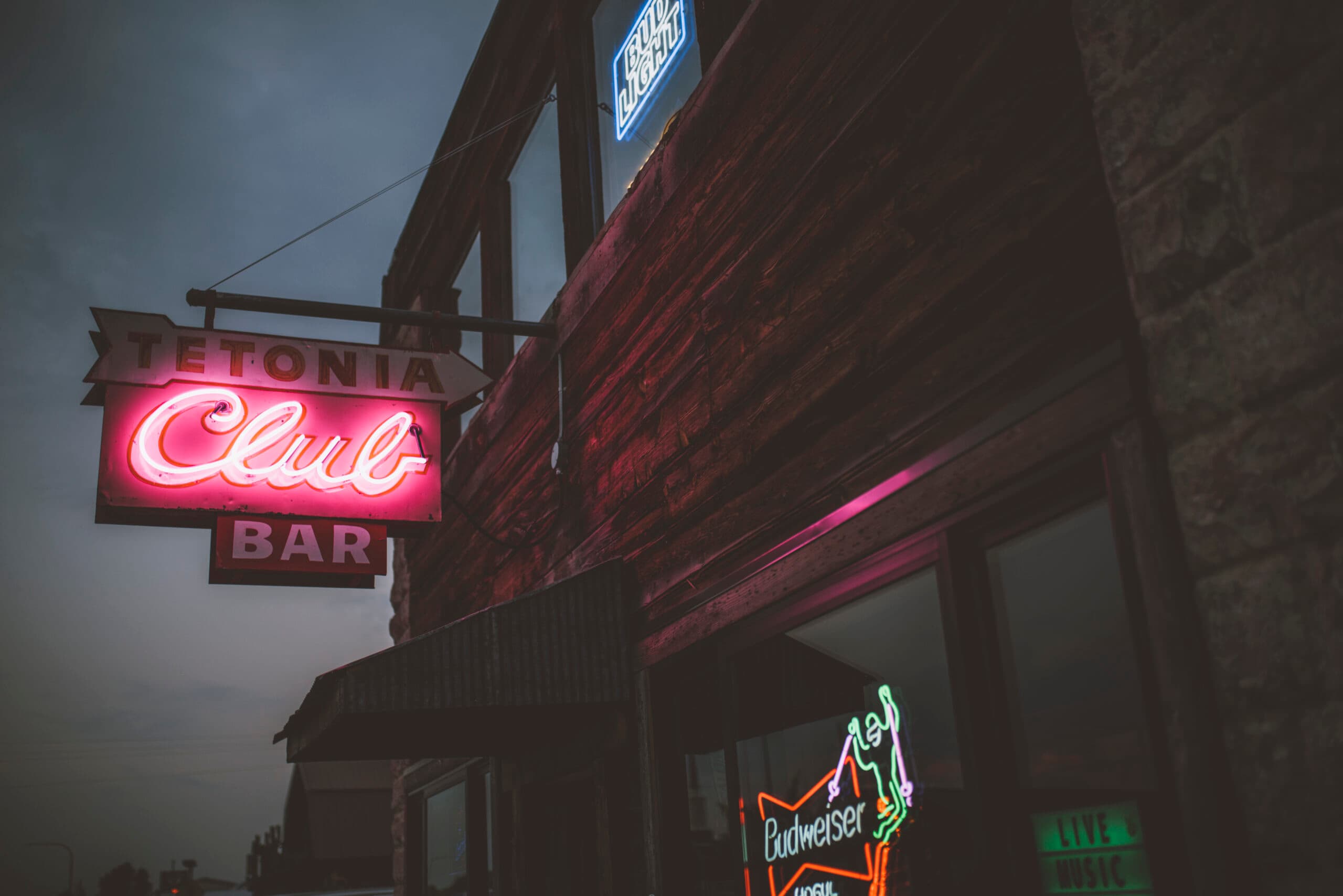
The more you learn, the more you want to know
Sometimes writing turns into an adventure; the trail you’re following veers and takes you to a place far from where you thought it would lead.
Case in point: I planned this story to be a straightforward retrospective of the Tetonia Club through the decades, highlighting its various proprietors, patrons, and parties. But then I stumbled across something as fascinating as it was unexpected.
In History of Teton Valley Idaho, published in 1926, B.W. Driggs wrote: “The townsite of Tetonia was dedicated November 3, 1910, but did not begin to build up until after the advent of the rail-road [in 1912]. Tetonia was not a pioneer town but had many pioneers in that neighborhood, some of whom are enumerated under the story of [the town of] Haden.”
Among those so enumerated was Joseph C. Gustaveson, who operated one of two general merchandise stores in Haden, site of the first post office in Teton Valley (established 1890). In 1912, when the Oregon Short Line Railroad stormed in from the north, a share of Haden’s material attributes were moved two miles east to trackside Tetonia. Today all that remains of the nearby ghost town is the Haden Cemetery.
In describing the Tetonia of 1926, author Driggs continued: “The merchants of the town [include] C.E. Harris, who purchased from D.C. Hanks what was before the Gustaveson store.”
The current owner of the Tetonia Club is Scott Kauf, a five-time World Pro Mogul Tour champ and the father of freestyle skier and Olympian Jaelin Kauf. Scott bought the building in 2001, relaunching the Tetonia Club in June 2018 after the much-needed liquor license finally became available and then his. Over the past two years, Scott has revived the space into a hub of activity, complete with ski gear on the walls (odes to his family’s decorated ski careers) and nostalgic décor beckoning a Tetonia Club of decades past. And there is quite a past to discover.
The above-mentioned names of Gustaveson, Hanks, and Harris all jibe with a slip of paper Scott shared with me on New Year’s Eve 2019, listing previous owners of what is now the Tetonia Club. It’s hard to imagine moving a two-story stone structure like this two inches, let alone two miles, so it appears that Gustaveson raised a new building in Tetonia rather than relocating his existing one from Haden.
The list was given to Scott by Haden/Tetonia oldtimer Dale Breckenridge, who remembers there always being “at least one pool hall in Tetonia, but I can’t recall when the name Tetonia Club first appeared,” he says. Nor could the nonagenarian recall the names of any owners who may have come between Harris and Orville Armstrong, the fourth name on the list. Armstrong owned the club from 1964 through 1976, when Neil “Shorty” Sweinhart (or Swinart) took over for another ten years.
Tetonia-area resident Barbara Agnew, who worked potato harvests at the north end of the valley in the late seventies, recalls the workday starting and ending at the Tetonia Club for many on the crew. “I haven’t gone back into the ‘new’ place,” she says, “although people tell me it’s really nice.”
The name C.E. Harris likewise lines up with a Tetonia map dated 1910–30 that accompanies a history piece Barbara compiled for the 2000 anthology Spindrift: Stories of Teton Basin. South of Center Avenue, aka Central Avenue, on the west side of Main Street is a rectangle representing a building labeled “C. Earl Harris Meat & General Merchandise.”
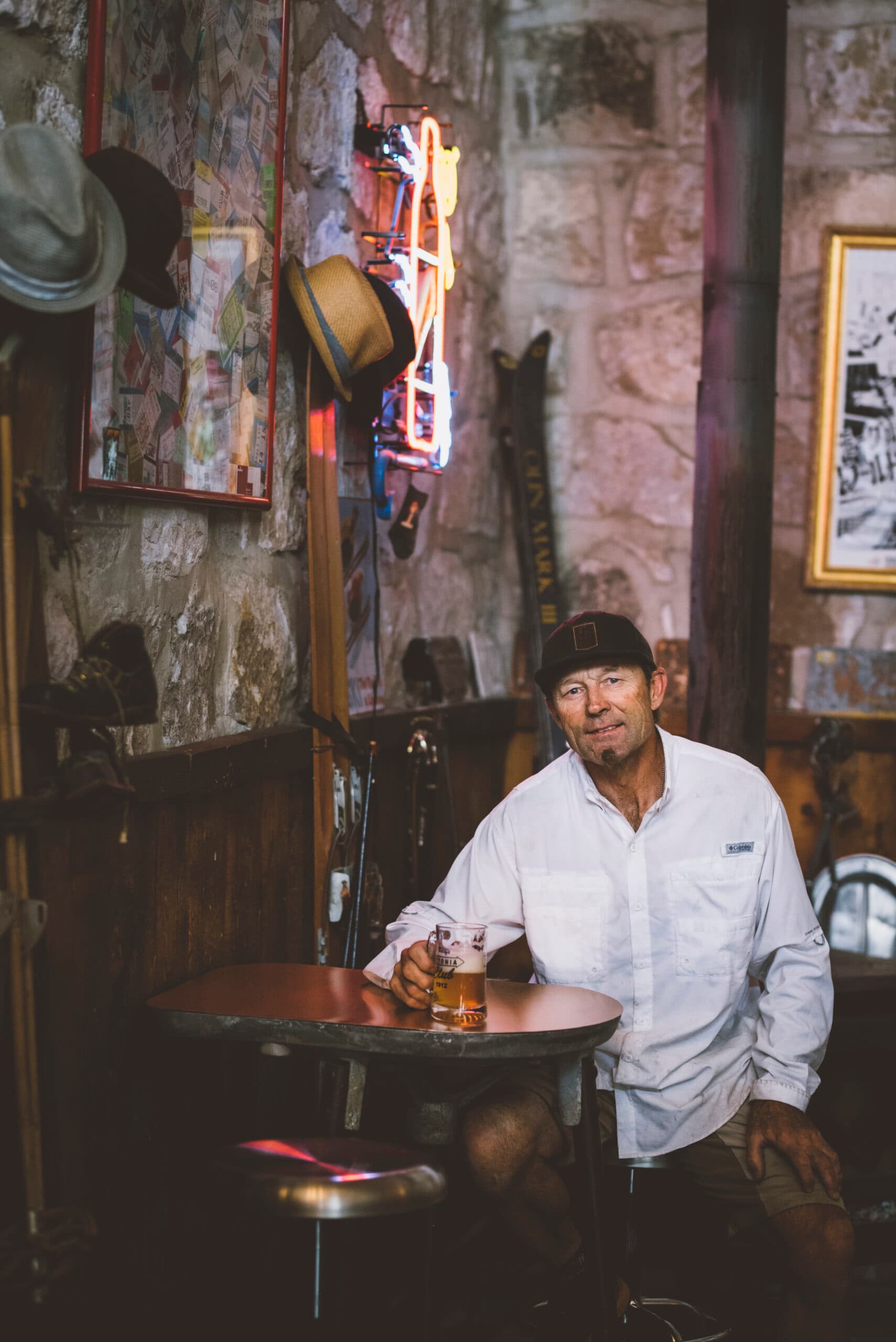
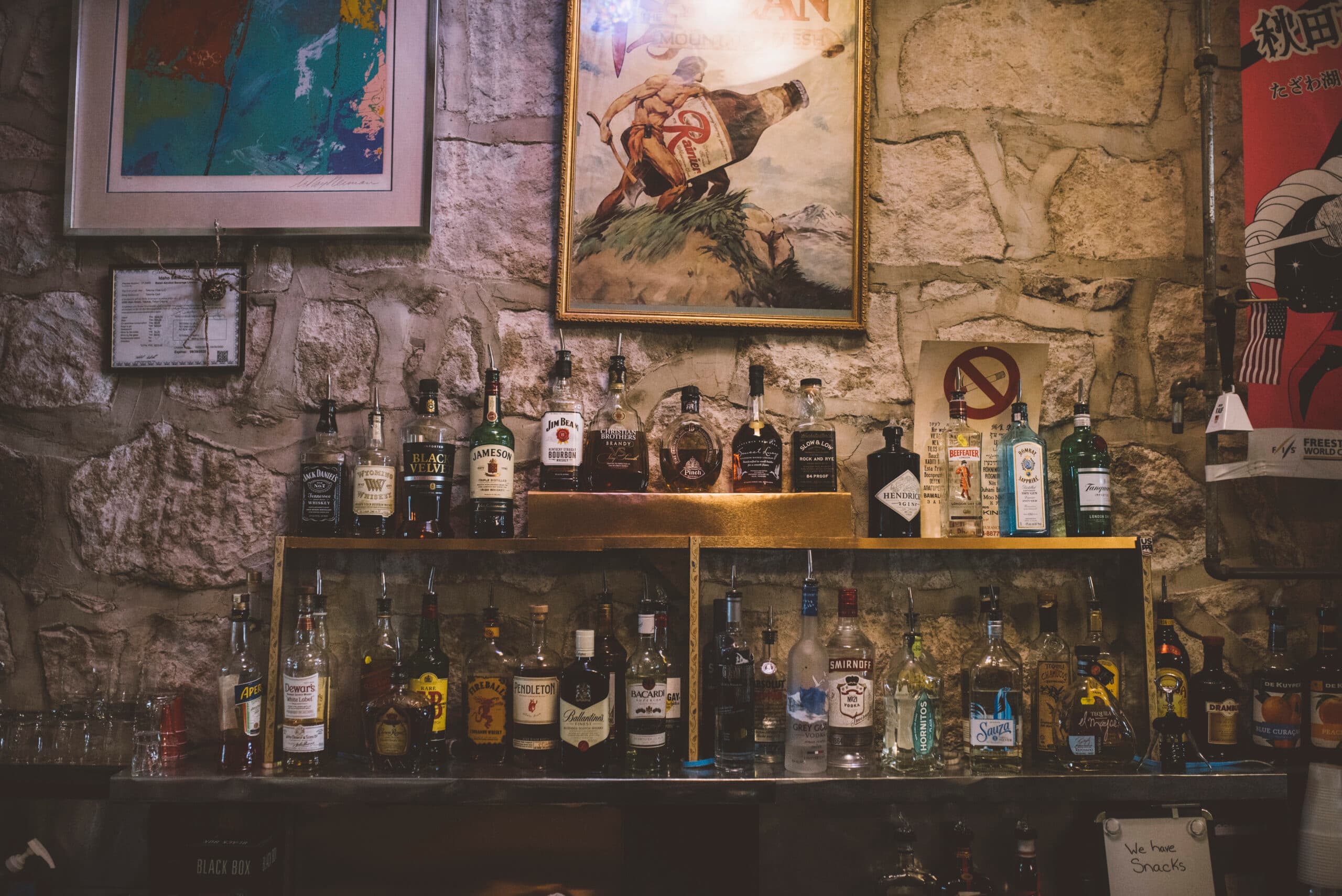


The date range must be taken with a grain of salt, considering that fledgling Tetonia didn’t “move from Haden” until 1912. But at some point, probably after 1930 and before 1964, Harris’ mercantile apparently transformed into the Tetonia Club.
I say this because according to CourtListener.com, an online archive of court data gathered by the 501(c)(3) nonprofit Free Law Project, something very interesting happened at the Tetonia Club of the early fifties: “Mr. and Mrs. William C. Berry live in the Village of Tetonia, a short distance from the Tetonia Club. At about 4:30 a.m. on Monday morning, December 29, 1952, Mrs. Berry saw a station wagon park across the street from the Tetonia Club. The car was being driven without lights. Two men got out of the car and entered the Tetonia Club. Mrs. Berry called her husband and they watched the two men carry several slot machines out of the club and place them in the station wagon. The station wagon was then driven away toward Driggs and went some distance before its lights were turned on. Mr. Berry called the Sheriff of Teton County at Driggs and informed him of what had taken place. … The Tetonia Club and the slot machines belonged to a Mr. Joe Williams.”
Note that Williams’ name is absent from the aforementioned list of previous club owners. Could there have been a different enterprise with an identical name? (Possibly; does anyone out there know?)
Additional details from the above report and others found at casetext.com reveal that the two men, Donald Lee Fedder and Floyd Johnson, were driving a 1952 Pontiac station wagon, that it was blizzarding that dark morning, and that the two ran a roadblock at the north city limits of Driggs set up by the sheriff and the city marshal. A gun blast from the marshal flattened the right front tire of the car, which continued for approximately 440 feet before careening off the west side of the road.
“The car came to rest against a cement culvert abutment. The impact and weight of the slot machines on the floor of the station wagon drove the seat forward so that Fedder was pinned in the car, unable to get out.” Fedder, who was injured, was taken to the county jail, while “Johnson [the driver] escaped and was tracked through the freshly fallen snow. He eluded the officers by commingling his tracks with other traffic in the village of Driggs and also by climbing along the top of a fence to a barn, where he hid [in a refrigerator crate] during the daytime. After nightfall he proceeded south toward Victor and was apprehended in an open field near the highway.”
Both men were independently convicted of burglary in the first degree. They maintained that they had purchased the slot machines from the club’s bartender, “a young man of 21 or 22 years of age,” and arranged to pick them up after hours on that stormy winter morning. This despite that, according to the court record, “no one who had anything to do with the club, being the owner, the manager and the bartender had arranged any sale, transfer, or other disposition of the club’s slot machines.”
What eventually became of the perpetrators is unknown, or at least very obscure.
But what about slot machines in the first place? Over the years, I’ve heard rumors of illicit gambling taking place in an earlier Tetonia. But slots at the Tetonia Club may have been perfectly above board, as a state statute passed in 1947 specifically legalized slot machines in incorporated towns boasting a population of at least 125. This fact literally shaped certain communities. An article in the August 20, 1951, edition of Life magazine coined the phrase “foot-wide towns” to describe how some tiny Idaho communities stretched their city-limit borders into narrow, miles-long corridors in order to fence in a populace large enough to qualify for the legalization of these one-armed bandits. One of these towns was our Fremont County neighbor Island Park, perhaps explaining why today it is able to boast of “the longest Main Street in America.” A Fremont County legislator in 1951 said 95 percent of that community’s income came “from tourists who like to play slot machines.”
Six years after the statute passed, in 1953, slot machines were declared unconstitutional by the Idaho Supreme Court. Machine owners faced the option of “destroying them or shipping them to Nevada,” according to an Associated Press report from 1984. Many were stolen instead, later to be tossed into rivers or lakes. It’s reported that as late as the 1980s scuba divers were finding old waterlogged slots containing classic Morgan and Peace silver dollars.
Does the above somehow relate to the removal of slot machines at the Tetonia Club on that late December morning of 1952? The evidence is murky, but it certainly might.
Fifty-eight years later, a Teton Valley News article dated September 15, 2010, focused on the Coyote Jayne’s coffee shop, newly opened in the old Tetonia Club building. Wrote reporter Rachael Horne: “Mayor Rex Jardine said Tetonia once claimed the title as the town with the most alcohol served per capita, sometime in the ’60s. Now caffeine is the vice of choice in the building.”
Not anymore, for what goes around often does come around. In addition to pouring libations as patrons belly up to the Tetonia Club bar, owner Scott Kauf plans to add food to his offerings, as well as continue dishing up plenty of live music. But no slot machines … at least for the time being.
